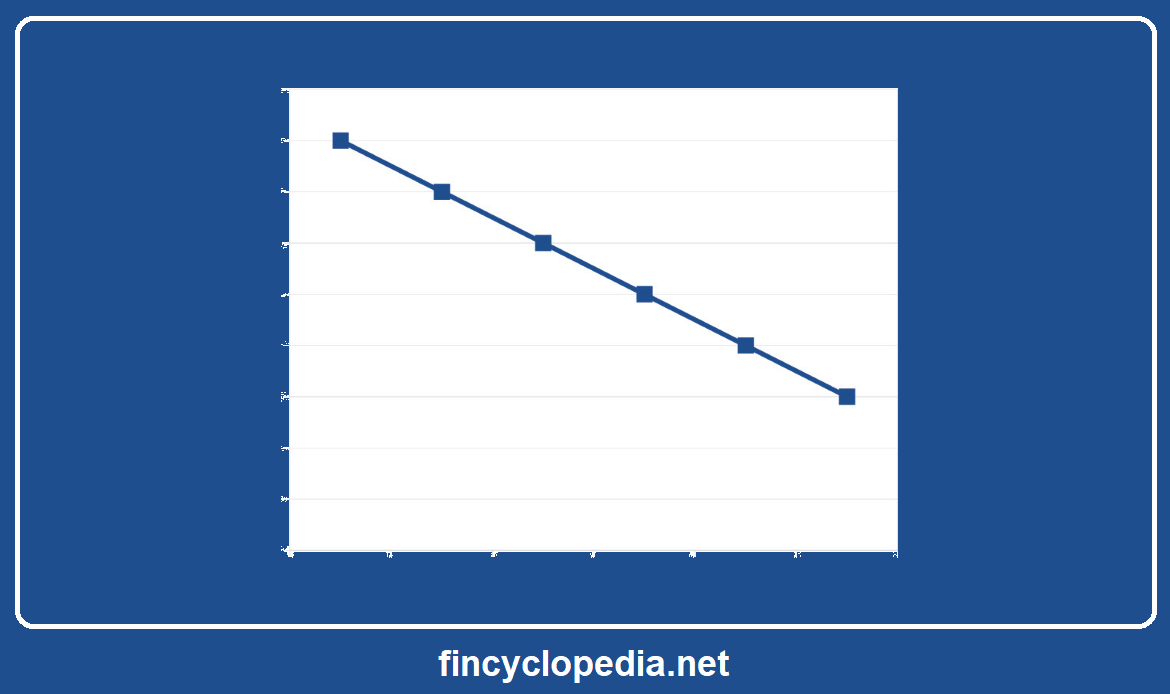The rate of return on an investment (broadly, return on capital) that is obtained over a period of time (marking its holding period), often expressed as a percentage of the amount initially invested (i.e., the principal). An investment could be an amount invested in securities such as bonds or stocks. In which case, yield represents the interest a bondholder can earn from a bond (bond yield) or the dividends a stockholder can receive from a specific stock (stock yield).
Yield = annual income/ investment amount
For example, the dividend yield for a stock or similar instrument is a financial ratio reflecting the annual value of dividends received relative to the market value per share of a security. A bond yield is how much the bondholder as an investor will make from the bond. Yield accounts for both income and growth cash flows from an investment.
Dividend yield = dividend per share/ share price
Earnings yield refers to the earnings per share (EPS) corresponding to a financial period, divided by the current share price. It is the reciprocal of the P/E ratio.



